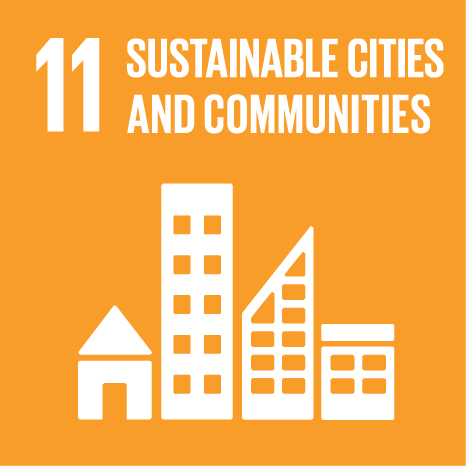How to complement EU Cohesion Policy with the Territorial Agenda 2030?
Event Title
#EURegionsWeekUniversity: A Territorial Agenda 2030 for Cohesion?
Year (definitive publication)
2020
Language
English
Country
Belgium
More Information
Web of Science®
This publication is not indexed in Web of Science®
Scopus
This publication is not indexed in Scopus
Google Scholar
This publication is not indexed in Overton
Abstract
• Good afternoon everyone
• As you can see by the programme I share my presentation time with the Portuguese Minister for the Territorial Cohesion, so my presentation will short.
• As you can anticipate from the title, I will present some suggestions on How to complement EU Cohesion Policy with the Territorial Agenda 2030?
• But I would start by presenting the territorial universe of territorialicy which can be understood as a process of incorporating a territorial driven policy design to development strategies.
• The question is: what is the degree of territorialicy in EU policies?
• Well, the simple need to have a Territorial Agenda kind of answers this question. It is not as high as one could desire.
• This is evident in EU mainstream policies, such as EU Cohesion Policy, which are largely designed with a deterritorialised approach. For instance, there is an excessive use to the term growth instead of development, which is a sign of an econometric policy approach;
• However, one can point positive examples as the implementation of the ESPON programme since 2002, the support for territorial cooperation processes, multi-level and place-based approaches, and recent the adoption of Territorial Impact Assessment (TIA) methodologies in the evaluation of EU directives and certain programmes, even though the used methodology has proven to be ineffective.
• Looking to the strategic approach of the next EU Cohesion Policy phase, I will also see a positive change in going beyond the economy (smart growth) + society (inclusive growth) + environment (sustainable growth), by including two additional policy dimensions with a certain territorial character- a more connected Europe + A Europe to the citizens – in the urban development domain.
• Sina as already spoken about the TA 2030. But looking at the draft Agenda 2030, I also see a lot of positive things, such as a simplified policy message concentrated on a few policy goals: A just Europe + A Green Europe. And indeed, several of the presented policy components can complement the EU Cohesion Policy post 2020 goals, in particular by adding the need to achieve the territorial cohesion goal, and also the notion of a circular economy.
• Depending on me, I would elevate the need for cross-border and transnational Spatial planning, and also forest planning in view of increasing global warming and the subsequent increase of forest fires all across Europe.
• If one correlates the presented territorial universe and the EU Cohesion Reports one can see its focus in mainly on the territorial cohesion notion, Instead the economic and social universes are far more relevant.
• For a better align both the TA and the EUCP I suggest: (i) Favouring the concentration of funding in medium cities/functional regions in less developed territories; (ii) Promoting cross-border integration via the implementation of cross-border planning strategies; (iii) Ring-fencing innovation funding to promoting circular economy and renewable energy production; (iv) Following a wider transnational planning approach in particular by improving physical connections; and (v) Financially reinforce sustainable urban integrated development strategies.
Acknowledgements
--
Keywords
EU Cohesion Policy,Territorial Agenda
Fields of Science and Technology Classification
- Social and Economic Geography - Social Sciences
Contributions to the Sustainable Development Goals of the United Nations
With the objective to increase the research activity directed towards the achievement of the United Nations 2030 Sustainable Development Goals, the possibility of associating scientific publications with the Sustainable Development Goals is now available in Ciência_Iscte. These are the Sustainable Development Goals identified by the author(s) for this publication. For more detailed information on the Sustainable Development Goals, click here.

 Português
Português


